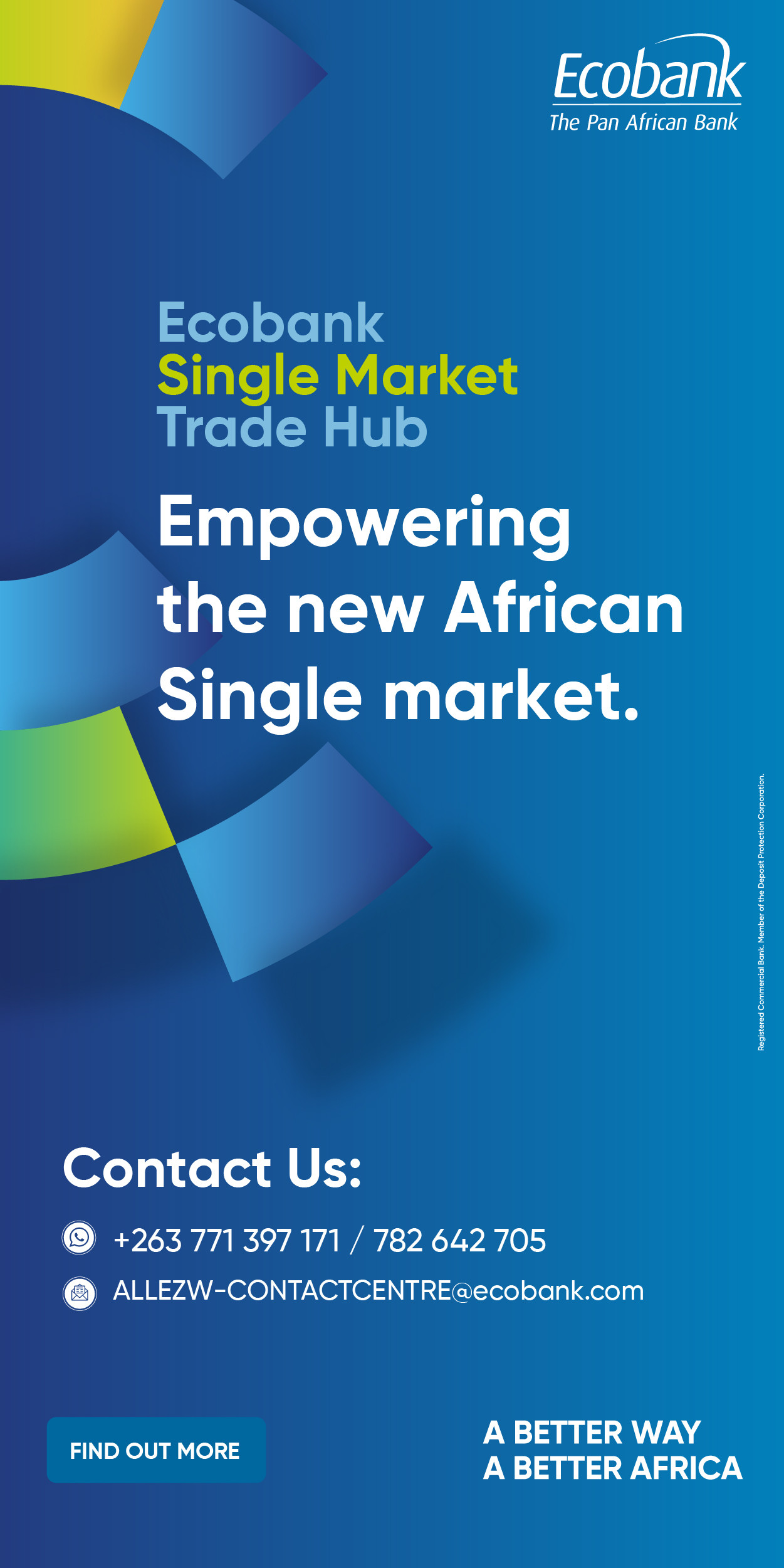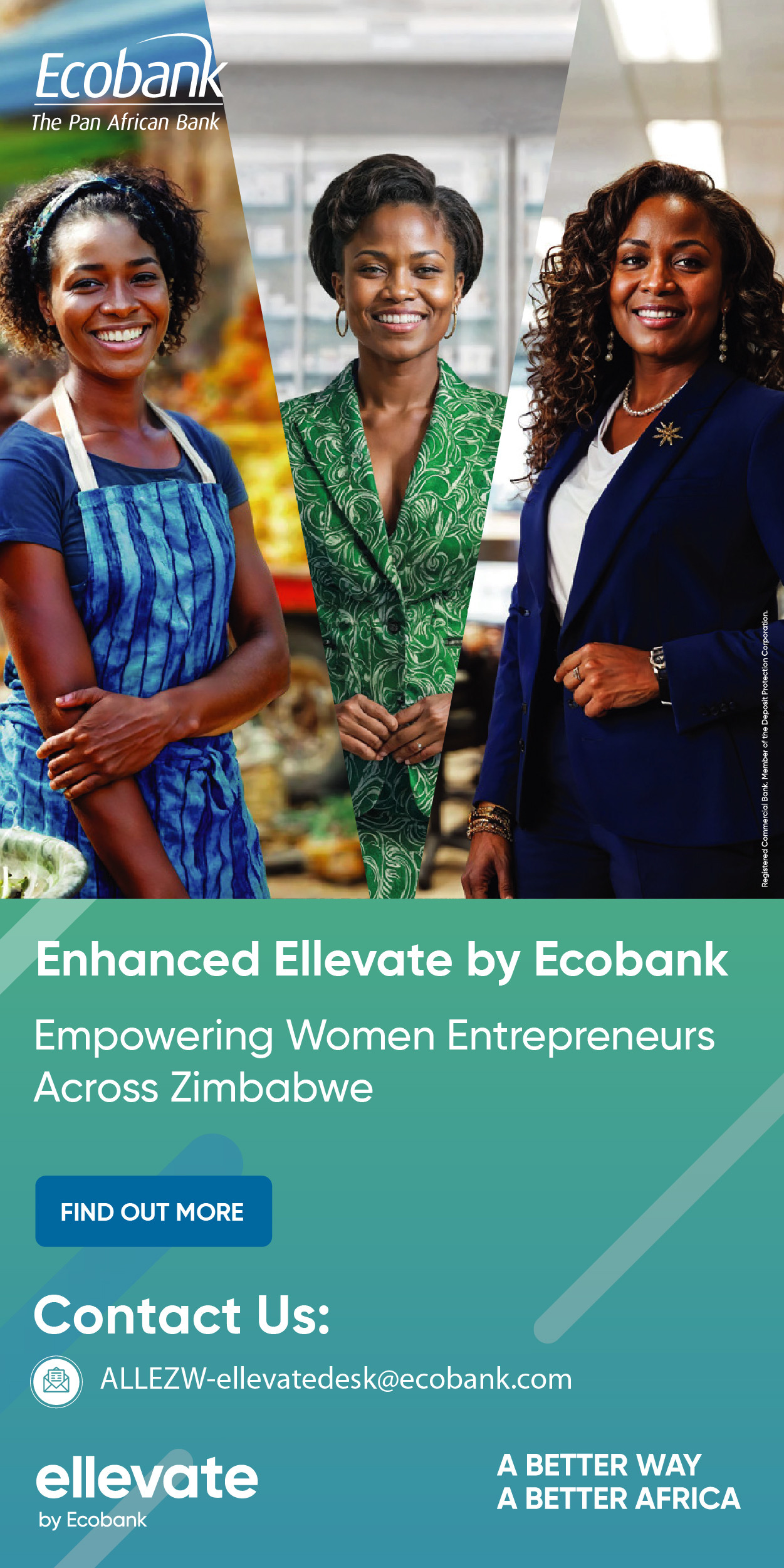- Rising Access: Zambia's electrification rate has increased from 30% in 2017 to nearly 50% by April 2025, with a goal of connecting 8.5 million people through solar mini-grids by 2030
- Challenges Ahead: High upfront costs, battery storage limitations, and a need for private investment pose significant hurdles to the successful implementation of off-grid solar solutions
- Regional Implications: Zambia’s strategy may serve as a model for other Southern African countries, though scalability varies due to differing economic and infrastructural contexts
Harare- Zambia’s electrification journey has pivoted sharply toward off-grid solar solutions, driven by necessity and strategic foresight, as droughts have exposed the fragility of its 80% hydropower reliance.
Last year, the country which shares Kariba Dam for electricity generation with Zimbabwe saw its worst drought in 40 years leading to rationing electricity for 3 hours per day.
Access has risen from 30% in 2017 to nearly 50% by April 2025, leaving roughly 10 million, predominantly rural, still unconnected according to the latest World Bank Press Release on Zambia’s Solar Mini-Grids.
The government, backed by the World Bank, COMESA, and AMDA, has set a bold target of 200 solar mini-grids by 2030, aiming to connect 8.5 million Zambians, leveraging solar home systems and mini-grids for its sparse population density of 24 people per square kilometre.
This approach, championed by Energy Minister Makozo Chikote, promises “clean, affordable, and reliable electricity” to every rural district, potentially transforming livelihoods through agriculture and small businesses.
However, challenges abound: high upfront costs ($0.20-$0.50/kWh unsubsidised, compared to $0.05-$0.07/kWh for coal or hydropower), battery storage limitations for nighttime power, and limited private investment threaten progress.
International initiatives, like the Electricity Services Access Project (ESAP) and the Zambia-Tanzania Interconnector Project (ZTIP), aim to bridge these gaps, with a recent Lusaka conference (April 1-3, 2025) focusing on deployment barriers.
Moreover, Zambia’s coal deposits in the Southern Province loom as a tempting fallback during droughts, potentially undermining renewable commitments despite donor pressures.
The feasibility of “feeding the nation” interpreted as powering rural economies hinges on execution.
Solar’s modularity can light up remote villages faster than grid extensions, with each mini-grid needing to serve about 42,500 people to hit the 8.5 million target, a realistic figure for small communities assuming efficient deployment.
However, economic tariffs are often unaffordable for low-income rural populations, as noted in a study of major solar mini-grids in Zambia, which found none fully sustainable financially or technically.
Battery storage remains a bottleneck, crucial for nighttime productivity, and rural maintenance capacity is thin, with public perception sometimes viewing projects as donations rather than investments.
Thus, while Zambia’s strategy is feasible with sustained donor support and technological advancements, it’s not a silver bullet, hydropower won’t fade, and coal could creep in as a pragmatic crutch.
Turning to the Southern African Development Community (SADC), Zambia’s model offers a blueprint but faces uneven scalability due to diverse infrastructural and economic contexts. Zimbabwe, with 55% electrification, leans on coal (Hwange) and hydropower (Kariba), both strained by dilapidated infrastructure and droughts.
Its National Renewable Energy Policy aims for 1,100 MW of renewables by 2025 or 16.5% of supply, including off-grid solutions, but coal’s affordability (0.05/kWh) undercut ssolar’s cost, and a cash strapped government is unlikely to pivot fully .
South Africa, with 85% access, relies on coal for 80% of supply, where off-grid solar can only supplement remote areas due to industrial demands and a population density of 49 people/km², despite renewable ambitions under its Integrated Resource Plan.
Mozambique (60% electrification) and Malawi (32% access projected for 2024 from 22%) echo Zambia’s potential more closely.
Mozambique, with a density of 40 people/km², has approved off-grid energy regulation in 2021, facilitating solar home systems and mini-grids, though gas investments may compete for funds Government of Mozambique approves off grid energy regulation taking a key step towards universal access.
Projects like the 40 MW Mocuba solar plant show commitment, but rural inland reach remains a challenge. Malawi, over 90% hydropower-dependent and crippled by dry spells, has a 2017 Renewable Energy Strategy targeting at least 50 clean energy mini-grids by 2025, aligning with Zambia’s approach.
Initiatives like Power Africa’s support for solar home systems and a 12kW mini-grid in Mthembanji demonstrate practical implementation, but funding gaps could stall ambitions without Zambia-level aid.
Botswana, with 65% access, balances coal and solar, leveraging South Africa’s grid proximity. Recent plans to seek 1.5 GW of solar by 2025, as announced in March 2025, indicate a strong renewable push, though specifics on off-grid versus on-grid aren’t detailed.
Its low density (4 people/km²) suits off-grid solar, but existing infrastructure and coal reliance suggest it’s a supplement rather than a primary strategy, with tenders for off-grid projects ongoing
Across SADC, coal’s allure, cheap at $0.05-$0.07/kWh, reliable, and domestic for many anchors Zimbabwe, South Africa, and Botswana, especially for urban and industrial demands. Solar’s long-term edge lies in climate resilience and donor appeal, dodging emissions that clash with Paris Agreement goals.
Zambia’s rural-first tactic could selectively ripple mini-grids for hinterlands but SADC’s energy future likely marries both: renewables carving niches while fossil fuels hold the fort.
The funding gap not just in SADC but Africa as a whole, despite policy alignment, highlights the critical role of international support, an unexpected detail reflecting the complexity of scaling such initiatives.
Therefore, Zambia’s off-grid solar push is feasible for its context, potentially “feeding” the nation through socioeconomic gains, but replication across SADC requires adaptation.
It shines for low-access nations like Malawi and Mozambique but falters where coal’s grip is strong or industrial needs dominate. SADC’s path forward likely blends renewables for rural access with fossil fuels for scale, reflecting diverse needs and realities.
Equity Axis News





